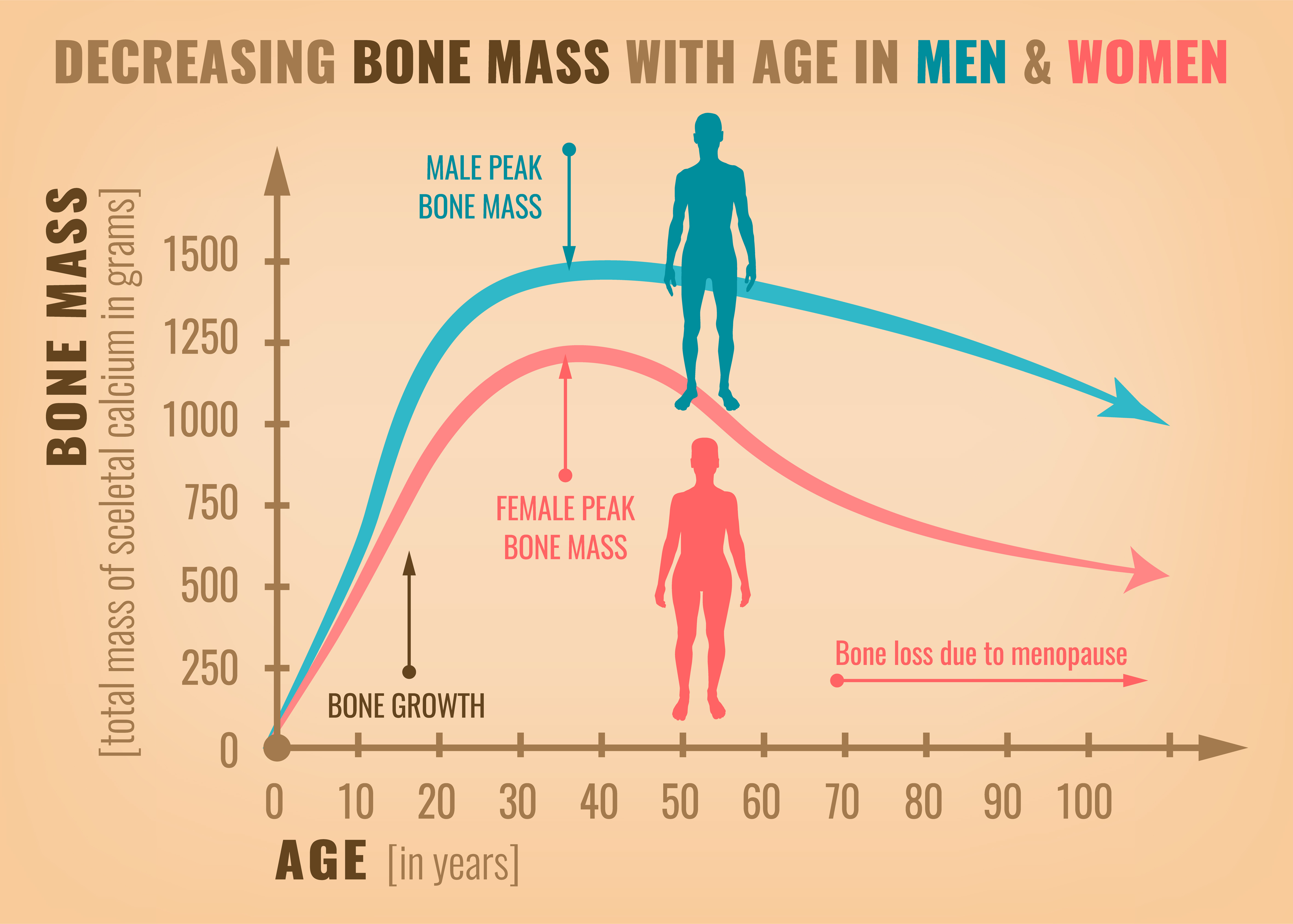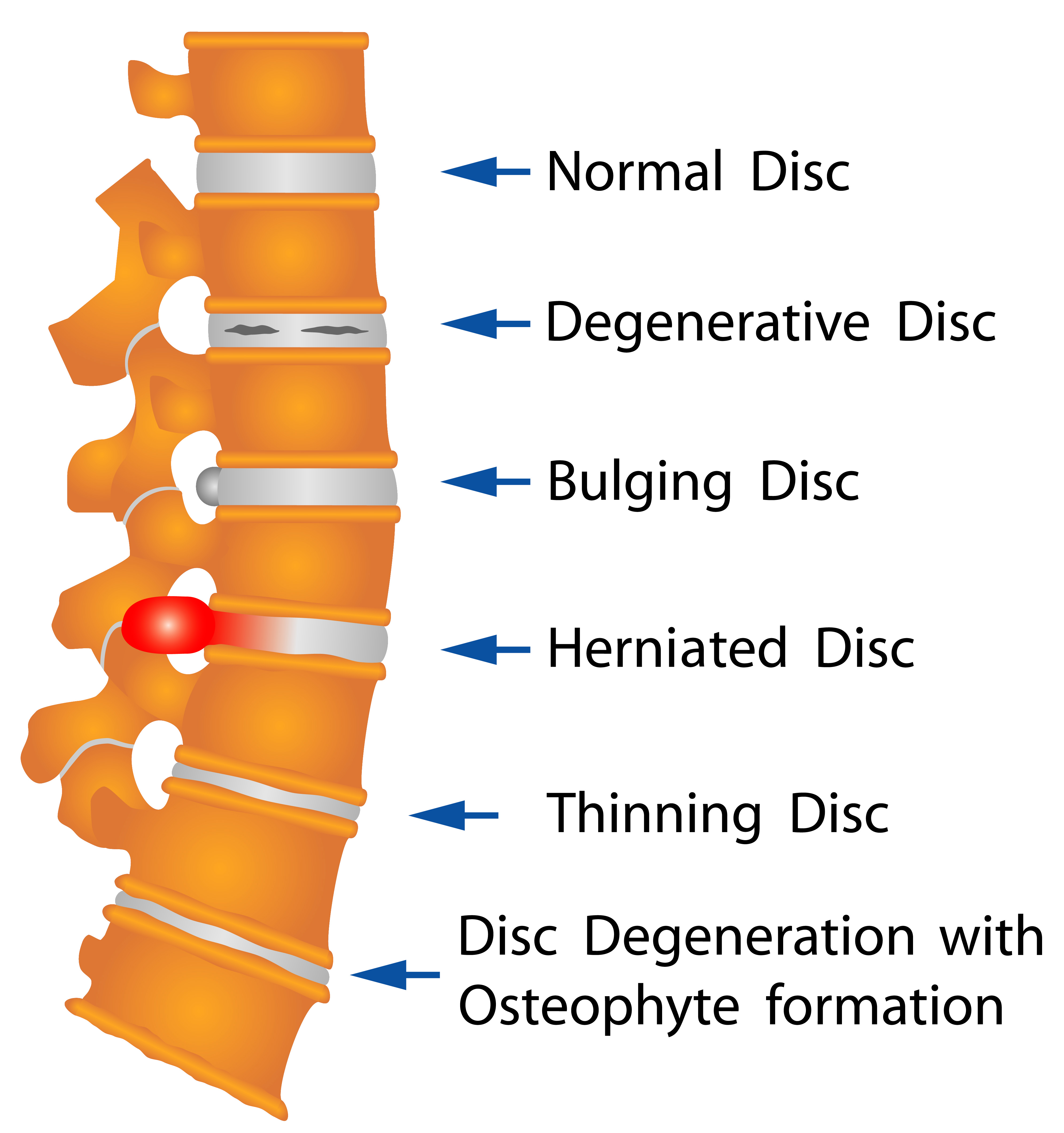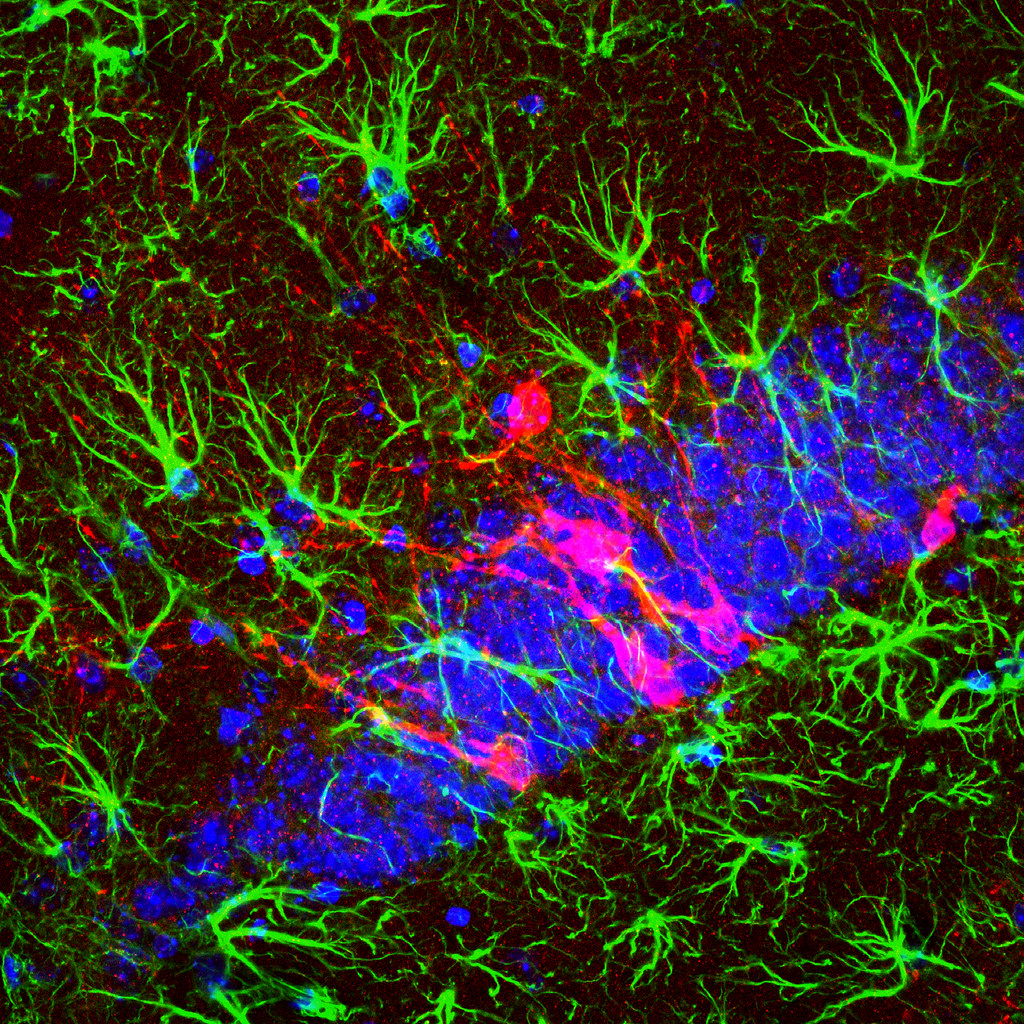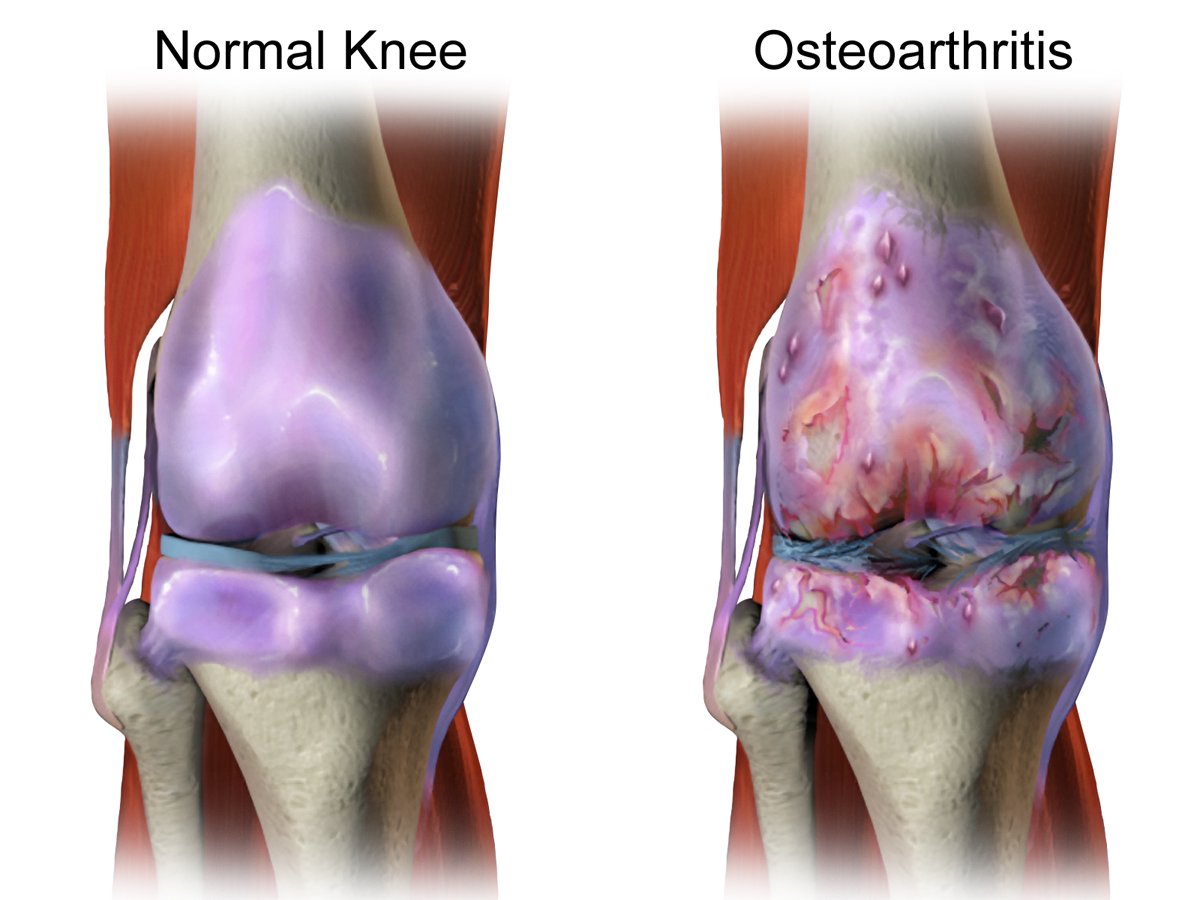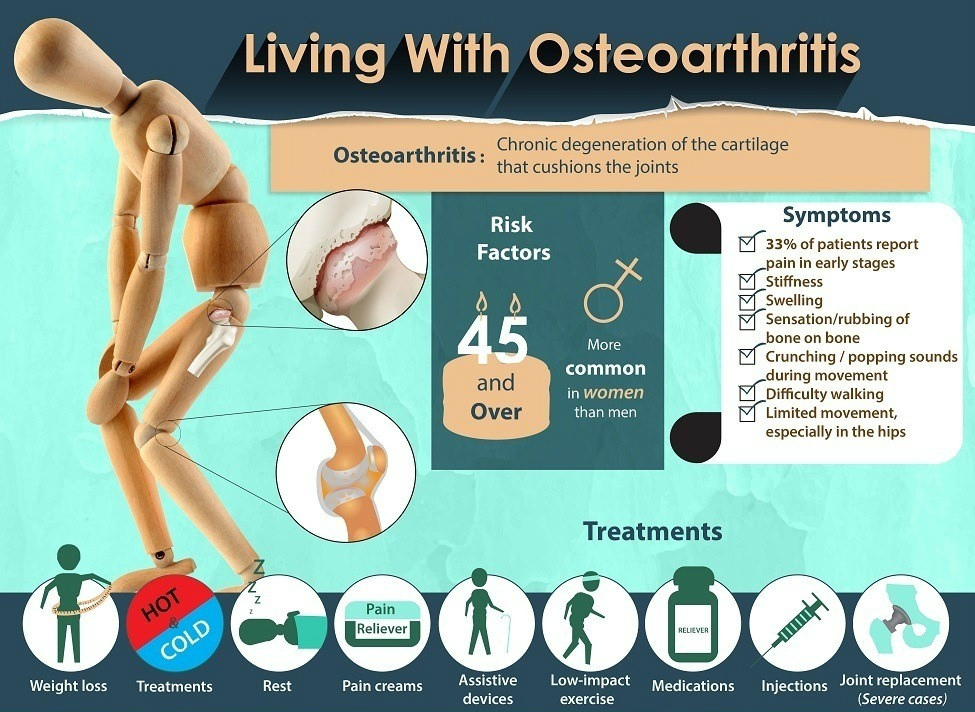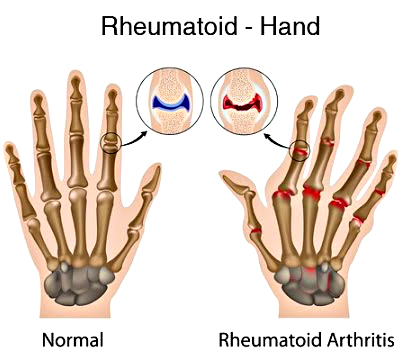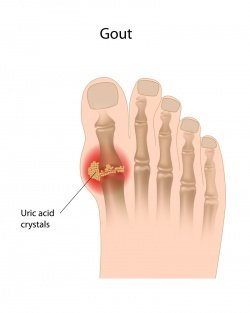腰痛の治療
シンガポールの医療 - 一般内科、皮膚科、アレルギー検査、痛みの治療、健康診断、小手術、予防接種、小児科、産前産後ママとベビーのマッサージ/乳腺炎治療
シンガポールではどこで医療を受けることができますか?
https://singalife.com/category/62797/
The pelvic bone is composed of the hip bone (ilium, pubis, and ischium), sacrum, and coccyx. It is located at the center (center of gravity) of the human skeleton and important part that connects the upper body and the lower body and supports the movement of the legs while supporting the upper body.
In addition, it performs various functions such as protecting the internal organs such as the large intestine, reproductive organs, and urinary organs, and supporting the fetus during pregnancy in women.
Since the pelvis works in conjunction with other bones and muscles, problems such as the pelvis being distorted, misaligned, tilted, or open can adversely affect other physical functions.
The most important structure of the pelvis is the sacroiliac joint, which is made up of the sacrum and ilium, connecting the spine to the hips. The sacroiliac joint has a range of motion of about 3-5 mm, and its movement can hardly be seen even by appearance and diagnostic imaging.
The main function of the sacroiliac joint is to absorb shock between the upper body and the pelvis and legs. The ligaments that support the sacroiliac joints are firmly fixed, but they may become loose and unstable due to childbirth or trauma. Then, when this joint moves along with the movement of the body, pain begins to occur, causing lower back pain.
Inflammation of the sacroiliac joint can cause sacroiliac joint damage, which may cause back pain and pain around the buttocks and legs. Recent studies have estimated that the sacroiliac joint is responsible for 15-30% of low back pain.
Also, if the sacroiliac joint is distorted, the length of the foot will also change from side to side. If you do not heal the strain, you will lose the balance of your body and the burden on your hip joint, knees or ankles will increase, so other joints may hurt even if there is no pain in your lower back.
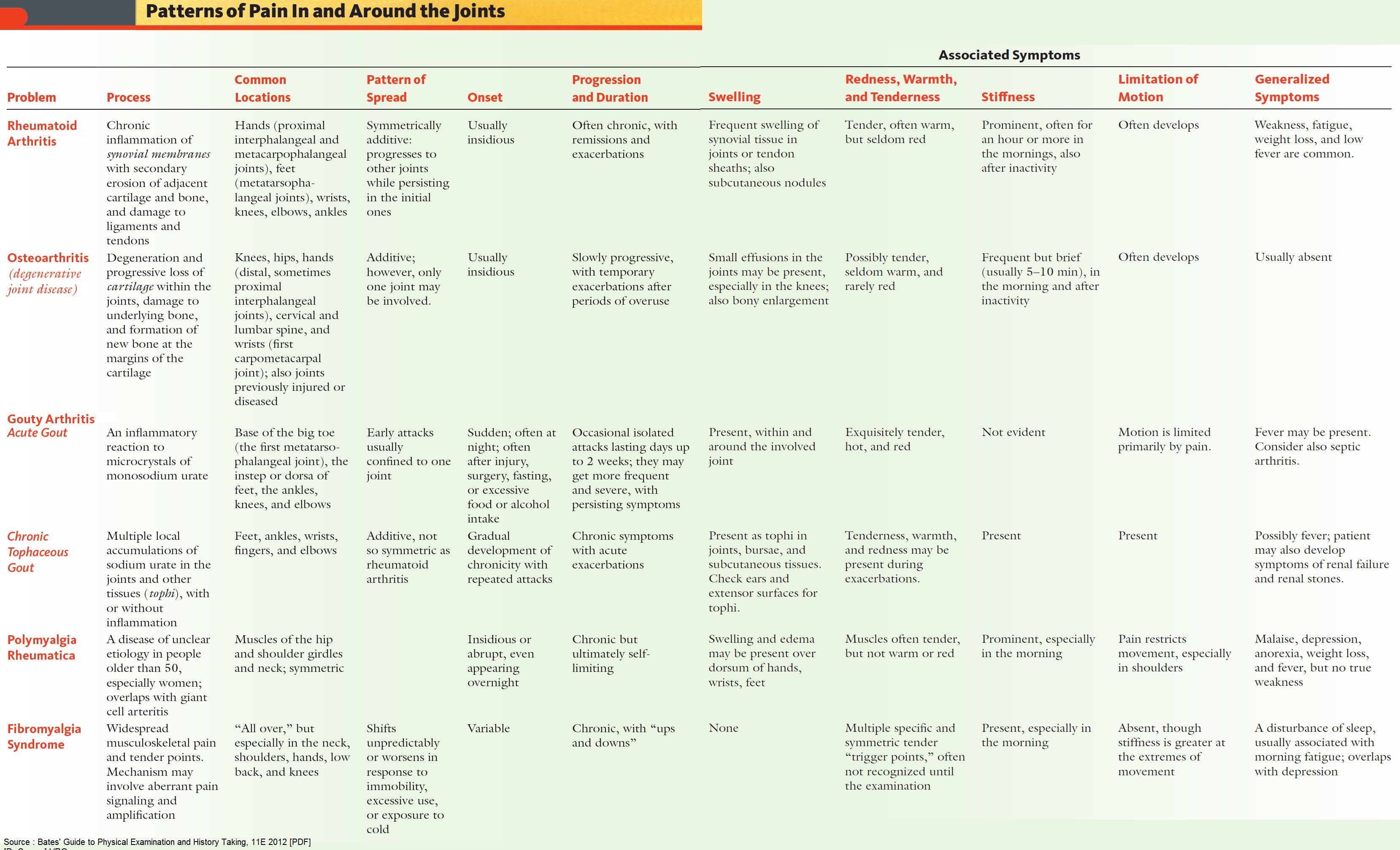
By pain management treatment, various diagnoses are used to accurately determine in which direction the sacroiliac joint is misaligned, and the sacroiliac joint is returned to its original position by chiropractic adjustment.
The treatment usually results in an audible release, called cavitation, which is created by oxygen, nitrogen, and carbon dioxide escaping from the joint when the joint is pushed past its passive range of motion but well within the tissue boundaries. We will also provide training and stretching around the pelvis so that the sacroiliac joint can be kept in the correct position.

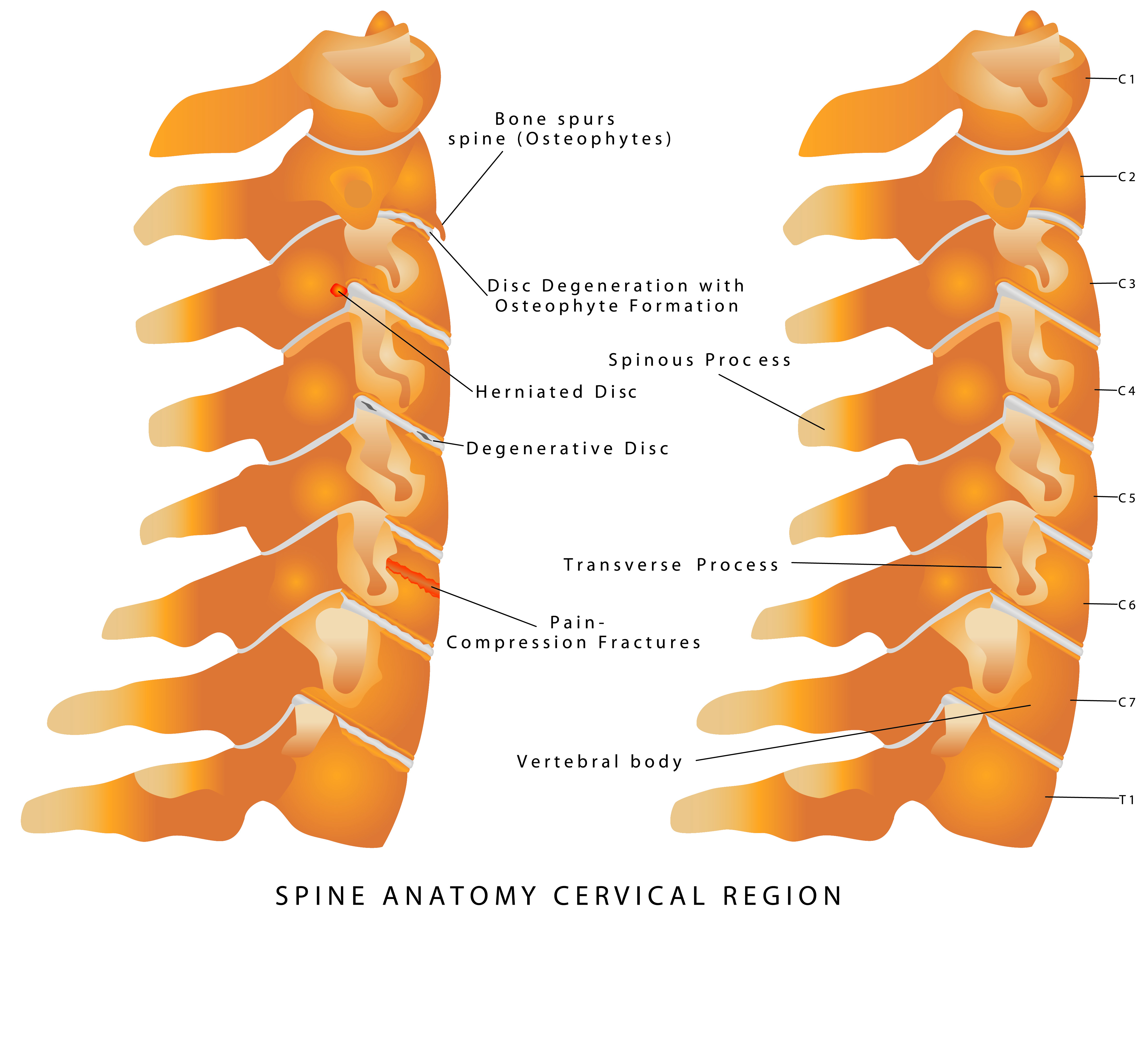
How a Gluten-free Diet can Improve your Chronic Illnesses
Healthy Diets for Optimal Health
|
Management of Joint Pains & Gout
The information provided in this website is for knowledge purposes only. It does not constitute medical advice.
Should you encounter any medical problem that you are unsure of, always consult your doctor or health care provider for assistance and medical advice.

